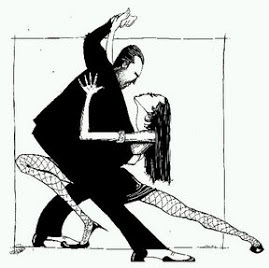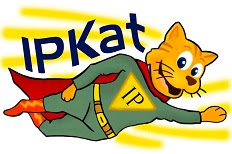
OMPI: Histórico Tratado facilitará acceso a los libros para las personas con discapacidad visual de todo el mundo
Bajo el auspicio de la Organización Mundial de la Propiedad Intelectual (OMPI) ayer se adoptó en Marrakech (Marruecos) un importante tratado que favorecerá un acceso mucho mayor a los libros para los cientos de millones de personas en todo el mundo que son ciegas, y tienen discapacidad visual o dificultades para acceder al texto impreso.
El Tratado fue aprobado después de más de una semana de intensos debates entre los negociadores y es la culminación de años de trabajo para mejorar el acceso a las obras publicadas de las personas ciegas, con discapacidad visual o con otras dificultades de acceso al texto impreso en formatos como el Braille, letra grande y audiolibros.
Según declaró el Director de la OMPI Francis Gurry: “Este tratado es una victoria para las personas ciegas, con discapacidad visual o con otras dificultades de acceso al texto impreso, pero también para el sistema multilateral. Con él, la comunidad internacional ha demostrado que tiene capacidad para responder a problemas específicos y para llegar a una solución de consenso. El tratado es un instrumento equilibrado en el que se deja muy bien constancia de los intereses de unas y otras partes interesadas”.
“Se trata de un tratado histórico que ofrecerá beneficios tangibles a las personas con discapacidad visual”, agregó
Por su parte Stevie Wonder se reunirá hoy con los negociadores para participar en la celebración prevista y dar un concierto en el Palais de Congrés de Marrakech, donde han tenido lugar las negociaciones.
En la Conferencia diplomática convocada por la OMPI sobre la conclusión de un tratado que facilite a las personas con discapacidad visual y a las personas con dificultad para acceder al texto impreso el acceso a las obras publicadas, que se inauguró el 18 de junio, se han dado cita más de 600 negociadores procedentes de los 186 Estados miembros de la OMPI. Está previsto que la conferencia se clausure oficialmente hoy.
Con el tratado, denominado Tratado de Marrakech para Facilitar el Acceso a las Obras Publicadas para las Personas Ciegas, con Discapacidad Visual o con otras Dificultades para Acceder al Texto Impreso, se aspira a subsanar “la escasez de libros” al exigir a las Partes Contratantes que adopten disposiciones en las respectivas legislaciones nacionales que permitan la reproducción, la distribución y la puesta a disposición del público de obras publicadas en formato accesible, contemplando con ese fin limitaciones y excepciones a los derechos de los titulares de obras protegidas por derecho de autor.
También prevé el intercambio transfronterizo de esas obras en formato accesible entre organizaciones que estén al servicio de las personas que son ciegas, que tienen discapacidad visual o padecen otras dificultades de acceso al texto impreso. El tratado armonizará las limitaciones y excepciones de modo que esas organizaciones puedan trabajar sin obstáculos fronterizos. La posibilidad de intercambiar obras en formato accesible se traducirá en una mayor disponibilidad general del número de obras por cuanto eliminará la duplicación y aumentará la eficacia. Por ejemplo, en lugar de que haya cinco países que elaboren versiones en formato accesible de la misma obra, esos cinco países podrán, cada uno por su cuenta, producir otras obras en formato accesible que luego podrán poner a disposición de los demás países.
Hasta el momento, los gobiernos nacionales tenían la prerrogativa de definir las limitaciones y excepciones autorizadas a ese respecto. En la práctica, esas limitaciones y excepciones varían mucho de una legislación nacional a otra. En un gran número de países, es gratuita la reproducción con fines de uso privado, pero sólo unos cuantos países contemplan excepciones para, por ejemplo, la enseñanza a distancia. Además, las exenciones se aplican exclusivamente en el país concernido.
El tratado tiene también por finalidad aportar garantías a los autores y los editores en el sentido de que las obras publicadas no se verán expuestas a un uso indebido o a la distribución a personas distintas de los beneficiarios previstos. En el tratado se reitera el requisito de que el intercambio transfronterizo de obras elaboradas gracias a las limitaciones y excepciones previstas se limite a determinados casos especiales que no atenten a la explotación normal de la obra ni causen un perjuicio injustificado a los intereses legítimos del titular de los derechos.
En el tratado se exhorta a la cooperación entre Partes Contratantes a los fines de fomentar los intercambios transfronterizos. En virtud del tratado las partes se comprometen a incrementar la disponibilidad de obras publicadas lo antes posible; esa cooperación constituye un importante paso hacia el logro de ese objetivo.
El tratado será firmado por las delegaciones nacionales el viernes y entrará en vigor una vez haya sido ratificado por 20 Estados miembros que estén de acuerdo en quedar vinculados por sus disposiciones.
Fuente: OMPI














